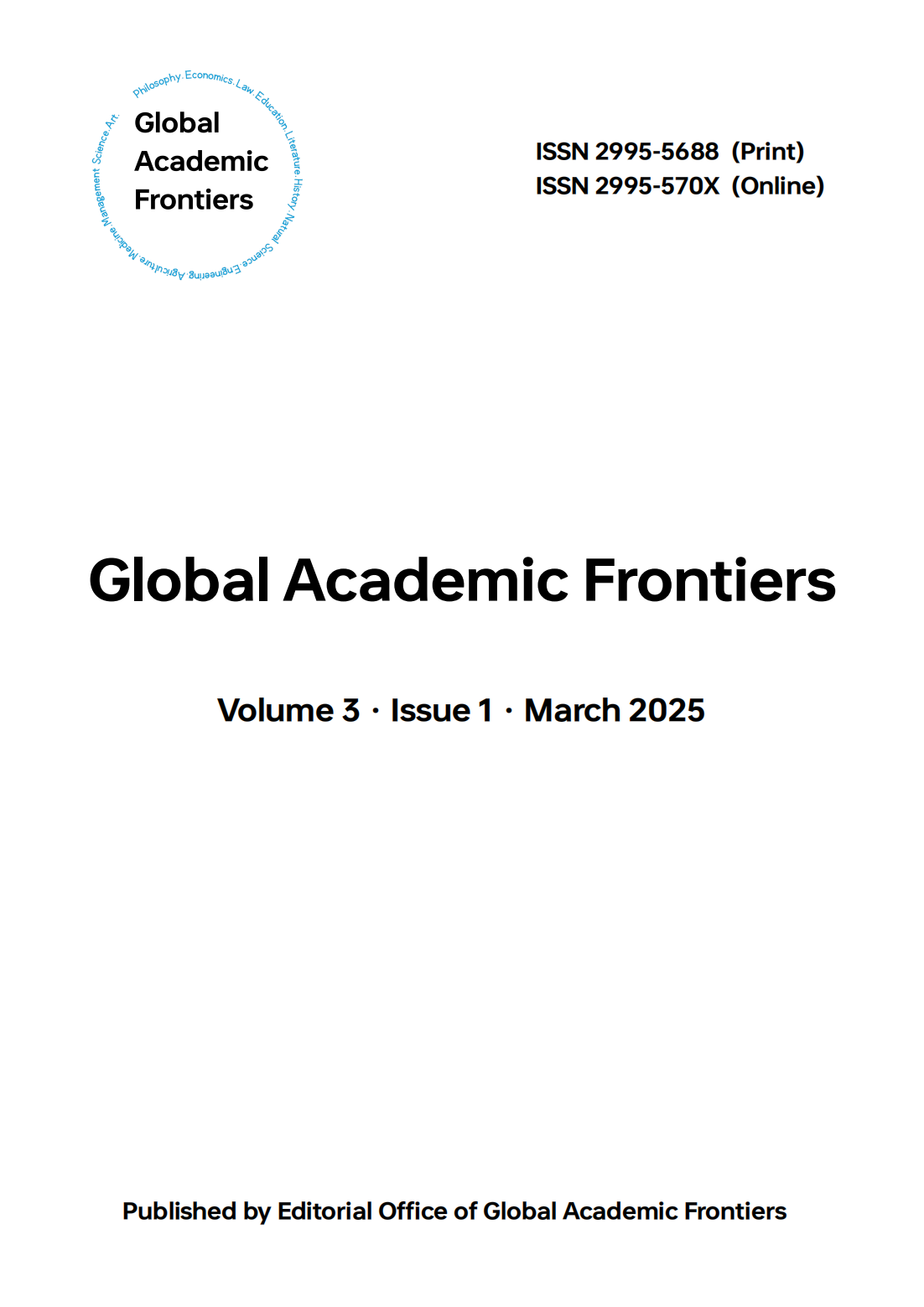Optimization of Extraction Process for Tea Polyphenols from Tea Seed Cake and Study on Their Antibacterial Properties
DOI:
https://doi.org/10.5281/zenodo.15074761Keywords:
tea cake, tea polyphenols, extraction process, response surface method, Antibacterial propertiesAbstract
Tea polyphenols are a natural antioxidant with a wide range of biological activities, and the extraction process of tea polyphenols was optimized by supercritical extraction technology using tea dry cake as raw material, and its antibacterial properties were discussed. The extraction conditions were optimized by single factor experiment and response surface method, and the optimal process parameters were determined as follows: extraction pressure 25 MPa, extraction temperature 50°C, extraction time 90 minutes, and CO₂ flow rate 20 L/h. Under these conditions, the yield of tea polyphenols reached 15.2%. Antibacterial experiments showed that tea polyphenol extract had a significant inhibitory effect on Escherichia coli and Staphylococcus aureus, with the minimum inhibitory concentration (MIC) of 0.4 mg/mL and 0.6 mg/mL, respectively. This study provides a theoretical basis for the high-value utilization of tea cake.
Downloads
References
Yao M ,Li J ,Li S , et al.Construction of a charge-reversal polyelectrolyte nanocarrier for targeted intestinal releasing of kidney tea saponin based on sodium alginate/ε-polylysine/alliin.[J].International journal of biological macromolecules,2024,287138424.
Wang F ,Shen J ,Lu B .Experimental characterization and dual-temperature molecular dynamics simulation on the intervention of tea saponin in starch chain dynamic behavior[J].Food Chemistry,2025,465(P1):141976-141976.
Zhang Z ,Wang Q ,Lu J , et al.Enhancing reed cellulose conversion to glucose with octyl glucoside and tea saponin pretreatment.[J].International journal of biological macromolecules,2024,280(P4):135994.
Nightingale J ,Appleyard R ,McNamara J , et al.Understanding male student perspectives on therapeutic radiography as a career choice[J].Radiography,2020,26(Supl.1):S2-S2.
Marin V ,Tiribelli C ,Rosso N .Silybin as therapeutic approach in an in vitro model of NAFLD[J].Digestive and Liver Disease,2015,47e228-e228.
Yanhan W ,Sherwin K ,Muya S , et al.Staphylococcus epidermidis in the human skin microbiome mediates fermentation to inhibit the growth of Propionibacterium acnes: implications of probiotics in acne vulgaris.[J].Applied microbiology and biotechnology,2014,98(1):411-24.
Downloads
Published
Issue
Section
License
Copyright (c) 2025 Jiang Gaojin (Author)

This work is licensed under a Creative Commons Attribution 4.0 International License.






